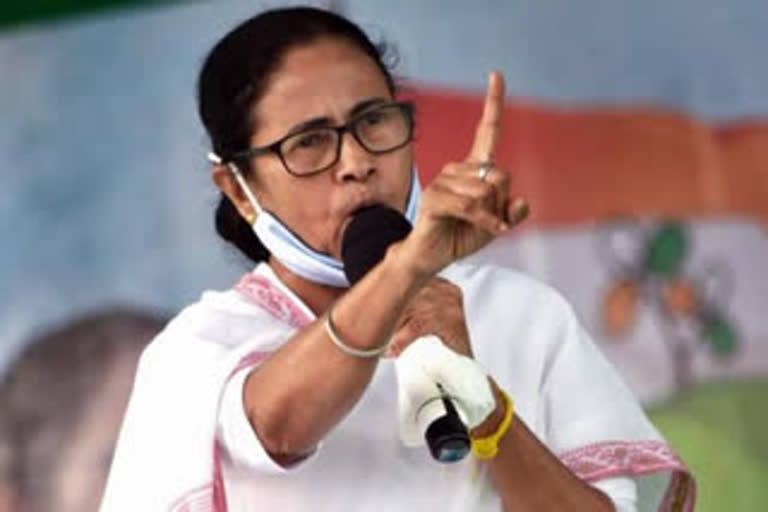Mumbai: A higher public expenditure on publicity and advertising in an election year is an important factor for an incumbent state government to retain power, economists at SBI said on Friday.
In states where publicity expenditure was low in an election year, the incumbent government mostly lost the election and didn't get re-elected, an SBI report, based on analysis of 23 state elections in last five years said.
It noted that though there were other factors like voter turnout, women voter turnout, caste-based turnout, present leadership, incumbency etc which influenced polls, the common thread linking ten states where an incumbent was able to retain power in elections was a surge in what it called as 'election advertising', or public expenditure on advertising.
“Publicity or advertising includes advertising or marketing communications about a political party, representative or candidate, advertising about political issues or issues of public interest, and advertising in relation to government policies,” the economists explained.
Among the states where election results came out recently, Kerala and West Bengal showed an increase of 47 per cent and 8 per cent, respectively, in capital expenditure on information and publicity in the election year, which led to Pinarayi Vijayan and Mamata Banerjee retaining power, the report noted.
On the other hand, in Tamil Nadu, a shift in government happened after a modest 2 per cent jump in election year advertising by the state government.
The economists said they analysed budget documents of respective states to reach the conclusions in the report, which is focused on underlining the importance of women in influencing state election outcomes.
Read More: SC junks plea seeking ban on sale of Electoral Bonds ahead of state polls
“Women voters are now playing a significantly bigger role in elections than ever before,” the report said, pointing to recent trends.
It used data from 23 state elections in the last five years, which indicates that in 15 states, women turnout was more than 1 per cent higher than males' and marginally higher (between 0.5-1 per cent) in three states.
“Out of these 18 states, same government was re-elected in 10 states, where women turnout was more than men turnout. This represents an inflection point and finally resulting in a qualitative change in the gender underpinning of India's democracy,” it said.
The report noted that because of this, political parties are redoubling their efforts to tap into women as a segment through specific campaign announcements like free gas in Uttar Pradesh, free rice, jewellery and cow to the poor in Tamil Nadu, and free bicycles, tablets for girls going to school/colleges in West Bengal.
It also pitched for increasing the marriageable age of women to 21 and getting it at par with men.
Such a move will lead to lowering MMR (maternal mortality rate), as well as improvement of nutrition levels, while on financial front, opportunities will open for women to pursue higher education and careers, it said, adding more than a third of females marry before they turn 21.
The mean marriageable age in India is already above 21 years (i.e. 22.3 years) and any increase in this age will still be notional in nature as long as people's mindset does not change regarding female education and marriage, it said.
(PTI)



